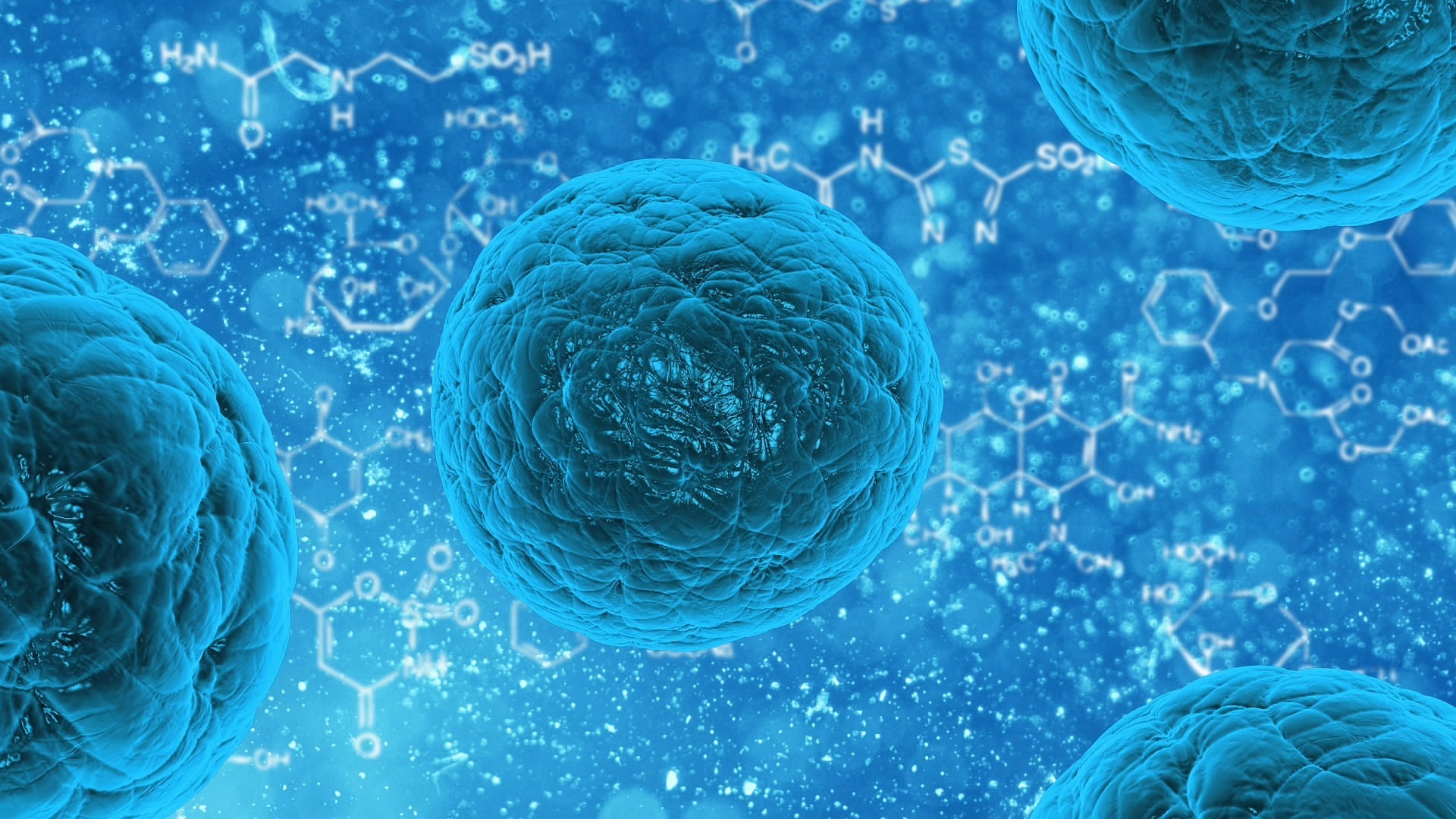Reading Time – 6 Minutes, Difficulty Level – 2/5
What is a virus
Viruses are non-living biological molecules composed of genetic material and proteins. Due to their lack of organelles (cellular machinery), they must enter and replicate their genome within a host cell in order to spread. The viral host can be any living organism from bacteria to humans, and can cause a wide range of symptoms. Viruses require the host cell to be actively dividing in order for DNA replication and viral spread to occur, and some viruses even force the host to oblige this need. To learn more about viruses, you can read in more detail in this article.
What is the consequence of viral infection
Viruses are extremely diverse in size, morphology, genetic material, and pathogenesis. Due to these differences, the symptoms of a viral infection vary based on the type of virus and the individual who is infected. Some viruses cause milder symptoms like a cough, headache, and runny nose, while others cause more severe symptoms such as fatigue, body aches, and more. Most, if not all, of us have experienced both types of sicknesses due to a viral infection before. What most people in the population have not experienced is viruses that can be life threatening due to secondary symptoms, like the development of cancer. There are several cancer causing viruses including Human Papilloma Virus (HPV), Epstein Barr Virus, and Hepatitis B or C Viruses (HBV/HCV). For the remainder of this article, we will focus on HPV because of its significance in the development of cancer and the interesting mechanisms it utilises to achieve this.
Human Papillomavirus (HPV)
HPV is a sexually transmitted virus that is extremely common within the population, with almost every sexually active person being infected at some point in their lives without the development of any symptoms. Despite the name alluding to a single virus, HPV refers to a group of about 200 viruses. About 90% of individuals infected with HPV are able to clear the infection on their own, but in some cases it may cause genital warts or other skin conditions. Individuals chronically infected with higher risk HPV strains, however, are at increased risk of developing cancer.
HPV is the cause of ~5% of all worldwide cancers, primarily cervical cancer, causing a greater impact on women than men. So why do the higher risk strains cause cancer? What is happening in the individuals who become infected with HPV and develop abnormal cell growth?
As mentioned previously, viruses require their host cell to be actively dividing in order to gain access to the machinery required for virus replication and spreading. In some cases of HPV infection, the virus will push the cells from a “dormant” state into an “active state” to turn on the cell replication machinery. To do this, the virus encodes the genes for two highly important proteins called E6 and E7. Upon entering the cell E7 will induce DNA replication by disabling the “breaks” on the DNA synthesis machine, causing the cell to begin replicating both host and viral DNA.
In all cells, unscheduled and unregulated DNA replication is deemed dangerous, so the cell undergoes a controlled cell death mechanism, which would prevent the virus from replicating to extremely high quantities and infecting a plethora of cells. HPV has evolved a mechanism, through protein E6, to evade this programmed cell death. E6 binds to a protein called p53, which is an integral facet of the cell death pathway. Upon binding, E6 dooms p53 to degradation, preventing the induction of cell death. At this point, the cell is forced to replicate the viral DNA and is not able to undergo the cell death that would prevent viral progression.
You may be wondering, how does this cause cancer? Firstly, the role E6 and E7 play in driving the cell into uncontrolled replication and preventing cell death is a key characteristic of any cancer. Programmed cell death is an essential and healthy component of keeping our bodies healthy. As cells get older, they are more prone to mutation and dysfunction so, our body has developed a method of killing cells before they cause any issues.
When cells divide uncontrollably and do not undergo programmed cell death, they have a great potential to cause cancer. Importantly, the p53 protein previously mentioned is actually considered to be a tumour suppressor protein, and E6 and E7 are considered to be oncoproteins. Tumour suppressor proteins are proteins that have an anti-tumour ability, such as inducing the death of cells undergoing uncontrolled replication.
Oncoproteins, on the other hand, are proteins that cause the progression of cancer, such as proteins that lead to uncontrollable DNA replication or inhibiting cell death. Another aspect of HPV that can cause cancer is the disturbance of other host genes through the insertion of the viral genome. HPV is a type of virus which integrates its DNA into the DNA of the host cells. The integration may disable a tumour suppressor gene or turn off the regulation on an oncogene, both leading to an increased likelihood of cancer progression.
In some cases, chronic infection with high risk HPV strains can cause cervical cancer. The first step is the abnormal growth of cervical cells. These abnormal cells can be eventually classified as ‘precancerous’, which is when treatment options are explored by the healthcare team. If precancerous cervical cells are left untreated, they may in time develop into cervical cancer of which the consequences may be dire.
How to keep ourselves safe
As previously mentioned, HPV is a sexually transmitted infection, so it is important to take the necessary precautions when partaking in any type of sexual intercourse, such as using condoms. Additionally, there are approved HPV vaccines which are considered by the World Health Organization (WHO) to be the best way to prevent infection. The WHO recommends that vaccines be given to girls between the ages 9 and 14, before they become sexually active.
Additionally, it is recommended that women who are above the age of 30 receive pap smears every 5-10 years. A pap smear is a method of early HPV detection developed in the 1920s. The basic principle is that a woman’s cervix will be swabbed and analysed under a microscope, in search of abnormal cell growth or signs of precancerous tissue. There are no symptoms associated with abnormal cell growth or precancerous cells in the cervix, highlighting the importance of regular pap smears, surveillance, and vaccination.
Conclusion
Viruses mount attacks against our cells in a plethora of ways, and are ever evolving to overcome our immune defences. Human Papillomavirus is a pathogen that, in most cases, can be resolved and cleared within a couple of years. In rare cases, however, the virus can cause devastating health complications like cervical cancer. As with any infection, it is always advisable to seek medical interventions early in order to prevent serious disease. Understanding the molecular mechanisms pathogens utilise to hijack our cells is also an integral facet of health research, that will hopefully continue to fuel the development of treatments and preventative measures for HPV.
References: World Health Organization. (n.d.). Human papillomavirus and cancer.

I’m a first year Masters student at Queen’s University, Ontario, Canada studying Immunology and Cancer, following on from completing a BSc at the University of Guelph, Ontario.
I have a passion for Molecular Biology, with a particular interest in the use of modern molecular techniques to treat and cure disease.








